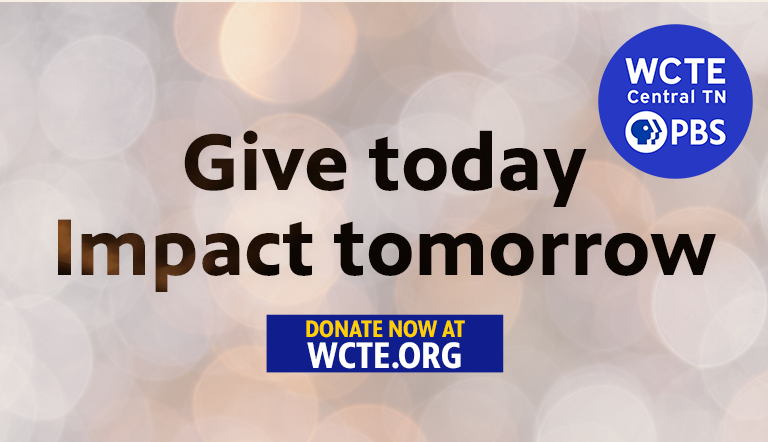This week on our WCTE Get Ready To Learn radio show, host Cynthia Whittaker Putman is joined by special guest Natalie Clark, LPCC-S, a Licensed Professional Clinical Counselor with Supervisor status.
Clark graduated from the University of Dayton with a Masters of Science in Counselor Education, with a clinical emphasis. She is a member of the Ohio Counseling Association and is an affiliate with Give An Hour, a pro-bono counseling outreach for veterans and their families.
As an OSU alumna, she serves on the OSU Rardin Family Practice Patient Advisory Council and strives to increase awareness of emotional and mental well-being to members of the University community.
Following the devastating Tornado in Putnam County many people are experiencing Direct and Vicarious Trauma. Clark also believes that our community will see an increase of Survivor Guilt.
Clark, who has strong ties to the Cookeville Community, addresses the trauma that occurs after a natural disaster and ways to create a new normal in an abnormal time. Clark discusses Vicarious Trauma and the impact that occurs when a person experiences this type of trauma.
Vicarious trauma (VT) and Secondary Traumatic Stress (STS) are frequently used interchangeably to refer to the indirect trauma that can occur when we are exposed to difficult or disturbing images and stories second-hand.
What we are referring to is the impact of indirect exposure to difficult, disturbing and/or traumatic images and stories of the suffering of others – humans and sometimes animals and the way that it might impact us as individuals and as professionals.
This can occur by viewing graphic news reports, gruesome or frightening scenes on media, hearing a detailed traumatic story from another person, viewing disaster scenes, working as a volunteer after a disaster attending a debriefing or a conference where disturbing images are described or shown, and many other ways in which we can be indirectly affected by the content or visuals of some other living creature’s suffering.
VT can affect civilians who do not work in high-trauma fields but are deeply impacted by stories that they are exposed to (graphic news accounts, a friend sharing details of a traumatic event they experienced, again, there are many examples of ways in which this may occur.)
Direct trauma, in contrast, refers to a traumatic event that occurs directly to us.
Clark suggest that people who are struggling with VT, STS, and Direct Trauma consider the following steps:
- Seek support, formally with a good mental health practitioner or a faith based person, informally with family and friends
- Look at ways to reduce trauma exposure in your personal/leisure time. Decrease time spent on Social Media
- Learn some stress-reduction techniques; prayer, meditation, exercise, extra sleep and rest
- Practice self-compassion, where we give ourselves the same kindness and care we’d give to a good friend.
Survivor guilt is a mental condition that occurs when a person believes they have done something wrong by surviving a traumatic event when others did not, often feeling self-guilt.
Symptoms of survivor guilt typically include nightmares, difficulty sleeping, flashbacks to the traumatic event, loss of motivation, irritability, a sense of numbness, and thoughts about the meaning of life.
Although feelings of guilt associated with surviving a life-threatening event can be painful and difficult to overcome, it is possible to address and cope with such feelings.
Support is also a crucial component of coping with survivor guilt. Speaking with others who shared the experience; attending a support group; or seeking help from a trusted mentor, adviser, or spiritual counselor can help an individual feel understood.
When adults are dealing with a traumatic event they do not realize the impact it has on early learners. PBS KIDS and PBS Parents has resources to help adults, educators, and childcare professional understand how to communicate following a traumatic event. Another great resource is Sesame Street in Communities. Then there’s a video where Elmo chats with a meteorologist about storms.
Click here for resources to help kids process “When Something Scary Happens.”
Support After Emergency | Printable Tornado Family Guide
Another free tool for parents and caregivers is Bright By Text. This texting service allows parents to receive free text that are specific for their child’s age.
A tip from Bright by Text might include advice on how to address difficult social-emotional issues with your child. It might include suggestions for ways to communicate more effectively with your child.
For more helpful tips, text "WCTE" to 274448. Sign up is simple and the free information is priceless!




